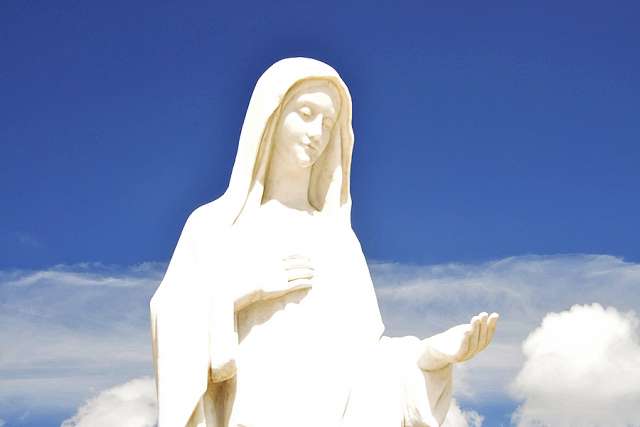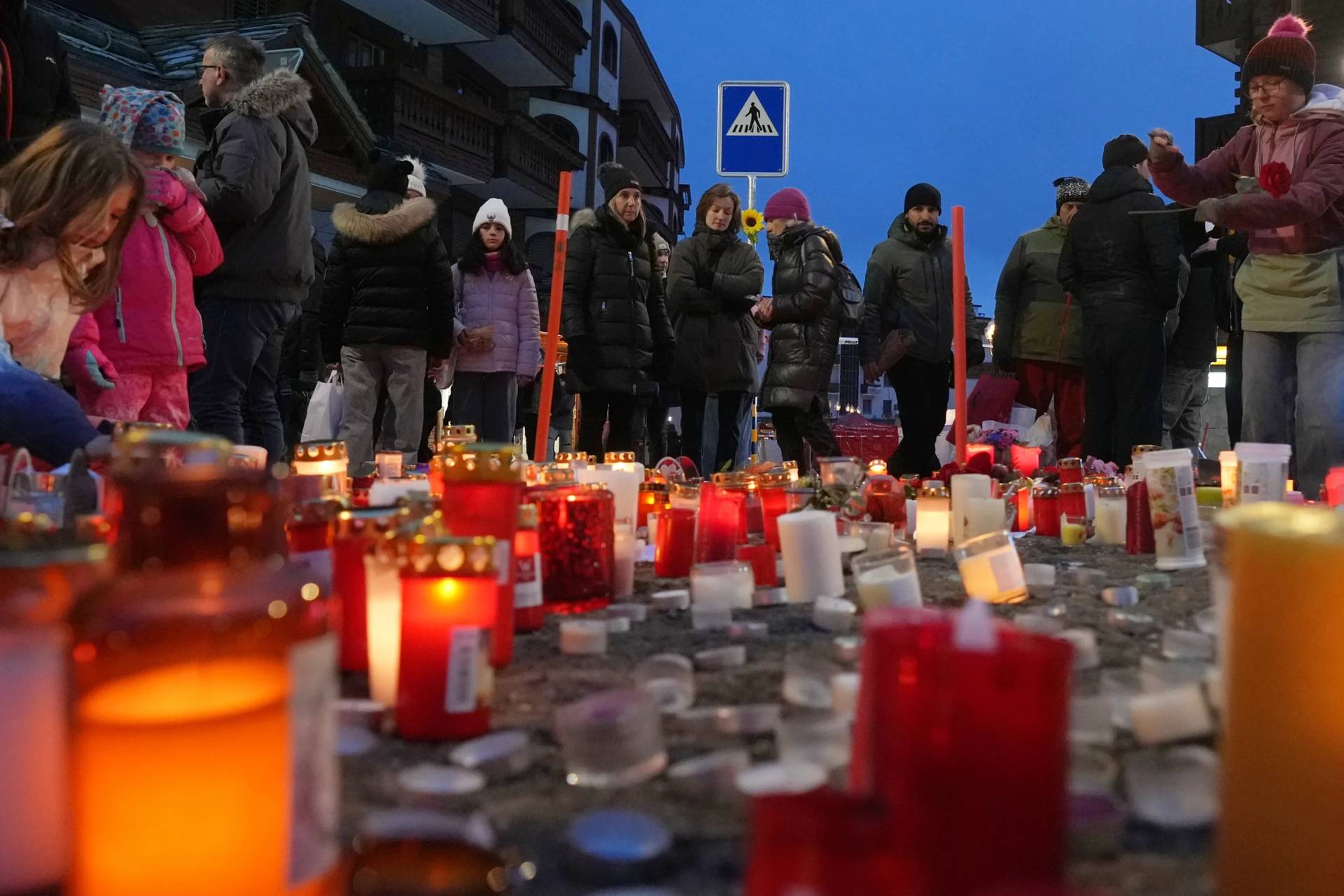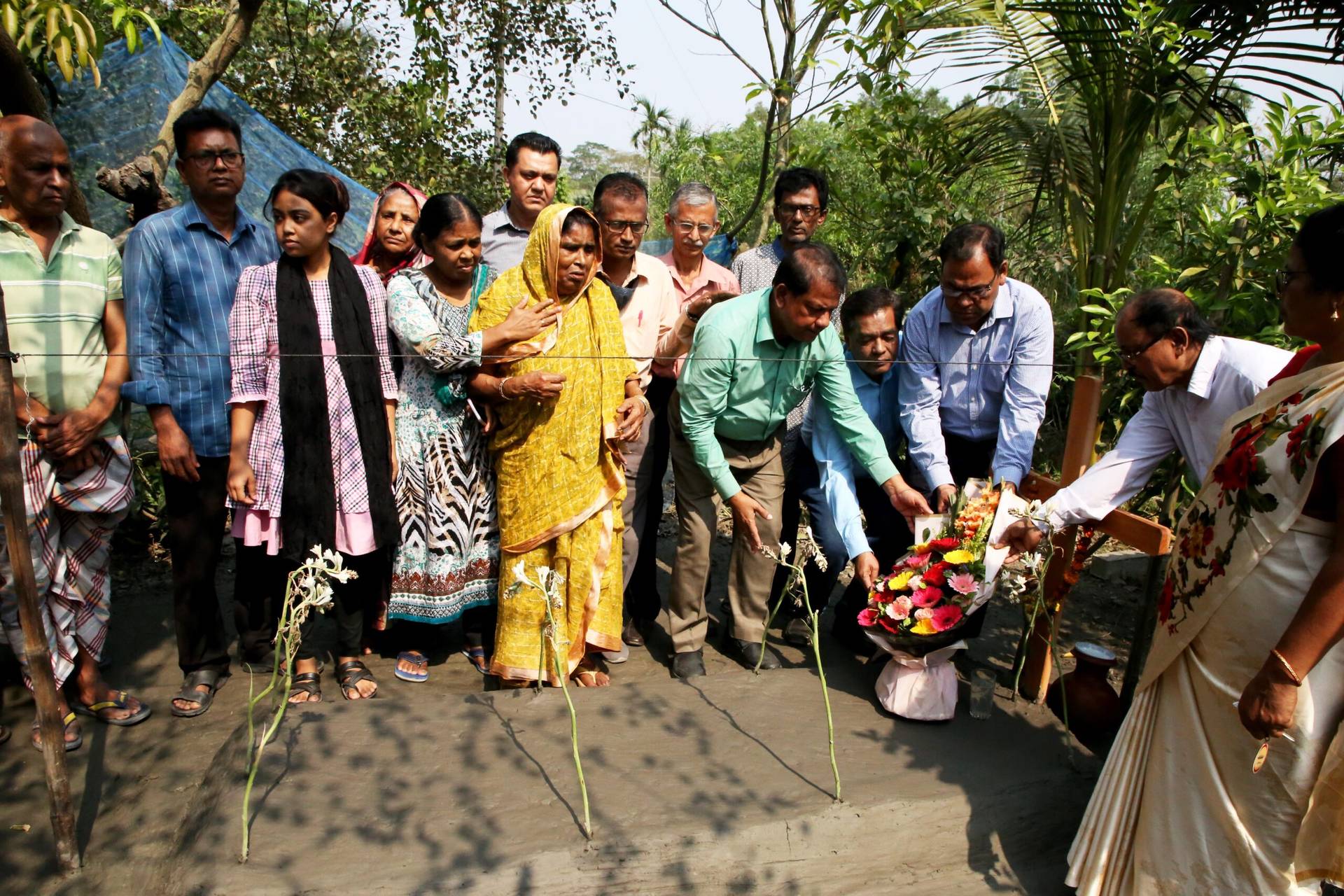ROME – After nearly two years of studying the pastoral status of Medjugorje, where the Virgin Mary has allegedly been appearing since 1981, the Vatican announced Sunday that Pope Francis has given the green light for priests to lead pilgrimages there but expressed no opinion on the authenticity of the “noted happenings.”
A May 12 statement from interim spokesman Alessandro Gisotti said, “the Holy Father has stipulated that it is possible to organize pilgrimages to Medjugorje.”
However, the Vatican said studies into the authenticity of the alleged apparitions are still ongoing, and that the pope’s move must not be interpreted “as an authentication of the noted happenings, which still require an examination by the Church.”
“It must therefore be avoided that these pilgrimages create confusion or ambiguity under the doctrinal aspect,” the statement said, noting that the word of caution goes for ordinary parish priests who intend to visit the site to celebrate Mass.
Long a point of discussion and debate in Catholic circles, the alleged Medjugorje apparitions began in June 1981, and they are often divided into two categories: the “originals” which took place during the period of June 24-July 3 of that year when the Virgin is believed to have appeared daily to six young people aged between 10 and 17 at the time, and subsequent apparitions some of the original seers claimed to have, at times daily, since 1989.
While the original set of alleged apparitions all took place in the same place, seers who claim to still receive messages from the Virgin Mary have said they see Mary at random times and places.
In 2010 Pope Benedict XVI formed a commission to study the alleged apparitions, which was headed by Cardinal Camillo Ruini, who at the time was retired as the pope’s Vicar of Rome. He had also served as president of the powerful Italian bishops’ conference.
The commission submitted its report, called the “Ruini report,” to Francis in 2014.
Francis has previously voiced his own personal skepticism regarding the alleged ongoing apparitions, telling journalists on his way back to Rome May 13, 2017, after a two-day visit to Fatima, Portugal, that the original apparitions need to be distinguished from the ongoing appearances.
“About the first apparitions, when (the ‘seers’) were young, the report more or less says that the investigation needs to continue,” the pope said, noting that the Ruini report “expresses doubts” on the ongoing apparitions.
“Personally, I am more ‘mischievous.’ I prefer Our Lady to be a mother, our mother, and not a telegraph operator who sends out a message every day at a certain time – this is not the mother of Jesus.”
Francis in 2017 named Polish Archbishop Henryk Hoser to study the pastoral care given to the town’s residents and visiting pilgrims, with the Vatican emphasizing that his role had nothing to do with determining the authenticity of the apparitions.
In May 2018, Hoser was sent as “Apostolic Visitor” for an undetermined time to the Saint James parish in Medjugorje, in Bosnia-Herzegovina, run by the Franciscan friars.
Hoser has previously voiced optimism about the pastoral environment of the city, telling Poland’s KAI Catholic news agency in 2017 that “from a pastoral point of view, there is a very positive result.”
In Medjugorje, there are some 35 confessionals in seven different languages, drawing lines of penitents several hours long.
A number of priests have spoken publicly about confessions they’ve heard in Medjugorje, voicing belief that there is a supernatural grace in the place. Countless pilgrims have often spoken of finding their vocations to the priesthood or religious life while at the site.
In his interview with KAI, Hoser said that at the time “every indication” is that the apparitions will be approved, “specifically, I think it’s possible to recognize the authenticity of the first [seven] apparitions as proposed by the Ruini commission.”
In its May 12 statement, the Vatican said that due to the notable number of people who flock to Medjugorje and the “abundant fruits of grace that flow from it,” the permission to make pilgrimages “is part of the particular pastoral attention that the Holy Father intended to give to this reality, aimed at favoring and promoting the fruits of good.”
















